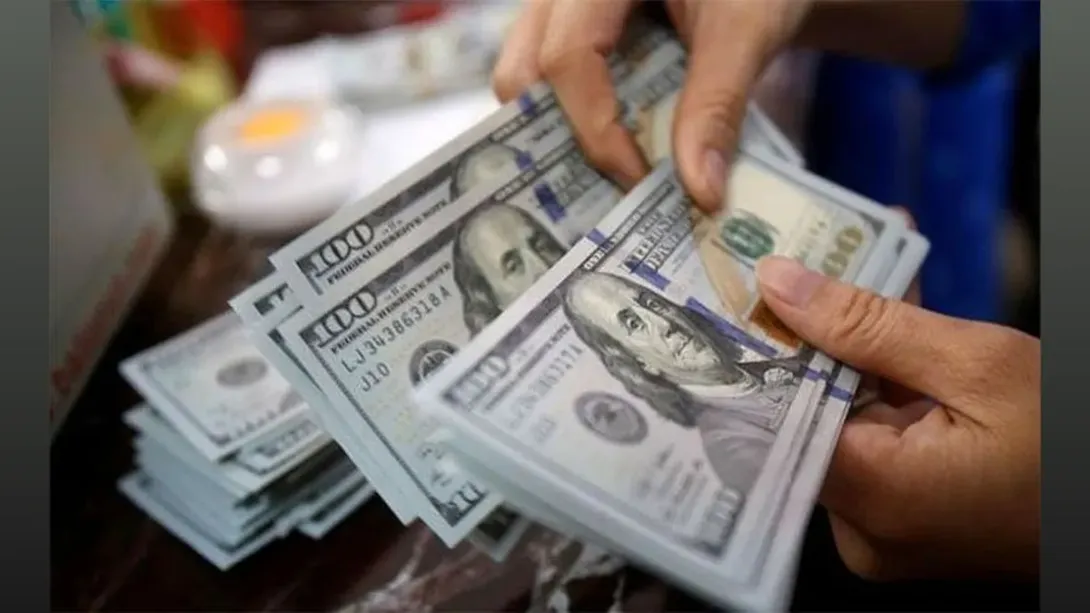India’s foreign exchange reserves climbed to an all-time high of USD 702.28 billion as of mid-October 2025, reflecting the country’s robust external position and strong capital inflows. The rise was supported by healthy foreign investment, steady export earnings, and stable remittance inflows. This milestone reinforces India’s financial resilience amid global economic uncertainty and geopolitical tensions. The Reserve Bank of India’s (RBI) prudent management of currency assets and gold holdings has further fortified the country’s ability to cushion against external shocks, ensuring macroeconomic stability and investor confidence in Asia’s third-largest economy.
Record Surge in Reserves Boosts Economic Confidence
India’s foreign exchange reserves reached a historic peak of USD 702.28 billion, marking a significant milestone in the country’s financial stability journey. The latest increase underscores the Reserve Bank of India’s success in maintaining currency stability amid volatile global capital markets and fluctuating oil prices.
The surge comes as India continues to attract robust foreign direct investment (FDI) and portfolio inflows, supported by a strong growth outlook and improving fiscal fundamentals. The expansion of reserves also reflects sustained export performance, particularly in services such as information technology, pharmaceuticals, and engineering goods, which continue to generate substantial foreign currency inflows.
Key Drivers Behind the Record High
Several factors contributed to the increase in India’s forex reserves. A rebound in foreign portfolio investments, rising software service exports, and healthy remittance inflows from the Indian diaspora have all played a vital role. Additionally, the RBI’s proactive foreign exchange operations and accumulation of reserves through market purchases have strengthened the overall stockpile.
Gold reserves also witnessed an uptick, benefiting from higher global prices, while the country’s position with the International Monetary Fund (IMF) improved marginally. Together, these components underscore India’s diversified and resilient reserve composition, which serves as a strategic safeguard against external financial volatility.
Implications for the Indian Economy
The rise in forex reserves provides India with a stronger financial buffer to manage potential global headwinds, including currency depreciation risks, capital outflows, and elevated crude oil prices. With the reserves now sufficient to cover more than ten months of imports, India’s external sector appears well-insulated from short-term shocks.
A higher reserve level also enhances India’s sovereign credit profile and boosts confidence among international investors. It gives policymakers greater flexibility in managing the rupee’s exchange rate, intervening when necessary to curb excessive volatility without depleting reserves rapidly.
Global Context and Policy Perspective
India’s achievement comes at a time when several emerging economies are witnessing pressure on their currencies due to a strong U.S. dollar and tightening global monetary conditions. In contrast, India’s balanced policy framework—combining fiscal prudence, targeted interventions, and steady capital inflows—has helped maintain external stability.
The RBI’s cautious approach to reserve accumulation ensures that liquidity management remains in sync with domestic macroeconomic objectives. Furthermore, maintaining a robust reserve base positions India favorably to support its growing international trade ambitions and strengthen the rupee’s role in regional trade settlements.
Outlook: Sustained Resilience Amid Global Uncertainty
Going forward, India’s forex reserves are expected to remain stable, supported by continued growth in exports, resilient remittance flows, and steady foreign investment. The government’s focus on manufacturing competitiveness, digitalization, and energy transition is likely to further enhance foreign currency inflows over the medium term.
While global uncertainties—such as elevated oil prices, geopolitical conflicts, and interest rate adjustments—pose potential risks, India’s strong reserves provide a critical cushion. The milestone underscores the country’s growing stature as one of the most resilient emerging economies, capable of navigating global turbulence with confidence and stability.
Conclusion
India’s ascent to a record USD 702.28 billion in forex reserves marks a pivotal moment in its economic evolution. This achievement not only reflects prudent macroeconomic management but also signals global confidence in India’s long-term growth trajectory. As the nation continues to integrate deeper into global trade and finance, its expanding reserve base will remain a cornerstone of economic security, ensuring sustained investor trust and financial resilience.

Comments